
Ship noise covers seven of the 41 beluga calls in the Anchorage area – forming an isolated population that could become extinct. New insights into this species are emerging, as the restoration of Alaska’s largest commercial port is well underway.
“I’ve spent thousands of hours listening to this population [of belugas in Cook Inlet, Alaska]. Every time I spot a new type of call, it’s very exciting,” said Arial Brewer, a doctoral student in bioacoustics at the University of Washington and the U.S. National Oceanic and Atmospheric Administration (NOAA). “Listening to what’s going on in their world is really fascinating.” Comments accompanying the publication of a study in the Journal of the Acoustical Society of Americain which the biologist and her colleagues inventoried for the first time 41 types of call in beluga whales, 18 of which are unique to the Cook Gulf population near Anchorage in southern Alaska.
The results support the hypothesis that some calls are common to the species, while others exist only in this population. Of the 41 signals, 16 have been documented in several but not all populations, and only seven are common to all populations. These highly social animals use their voices to communicate, navigate, hunt and unite the group. Here, the researchers divided calls into three categories: whistles, impulse calls and call combinations. But this study of the beluga’s vocal repertoire shows that noise from human activity masks their sound signals.
The scientists worked in the Susitna River delta, in the heart of the animal’s habitat, two kilometers around the port of Anchorage and within a 17-kilometer radius of the commercial road leading to it. “The fundamental habitat of these whales is a very noisy area,” explains Arial Brewer.
“Background noise levels in Knik Arm are already high due to the presence of ships, strong currents, eddies, recreational boat traffic, U.S. Coast Guard patrols, dredging, and marine, commercial and military traffic entering and leaving the Port of Anchorage,” it reads in a NOAA report from 2022, prior to the renovation of Alaska’s largest port.
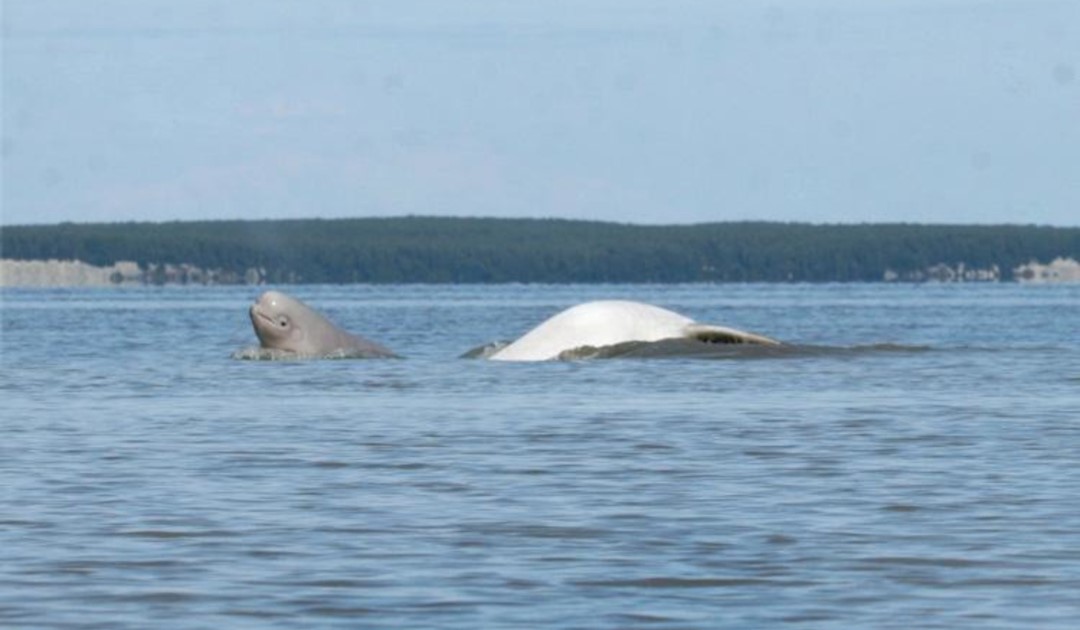
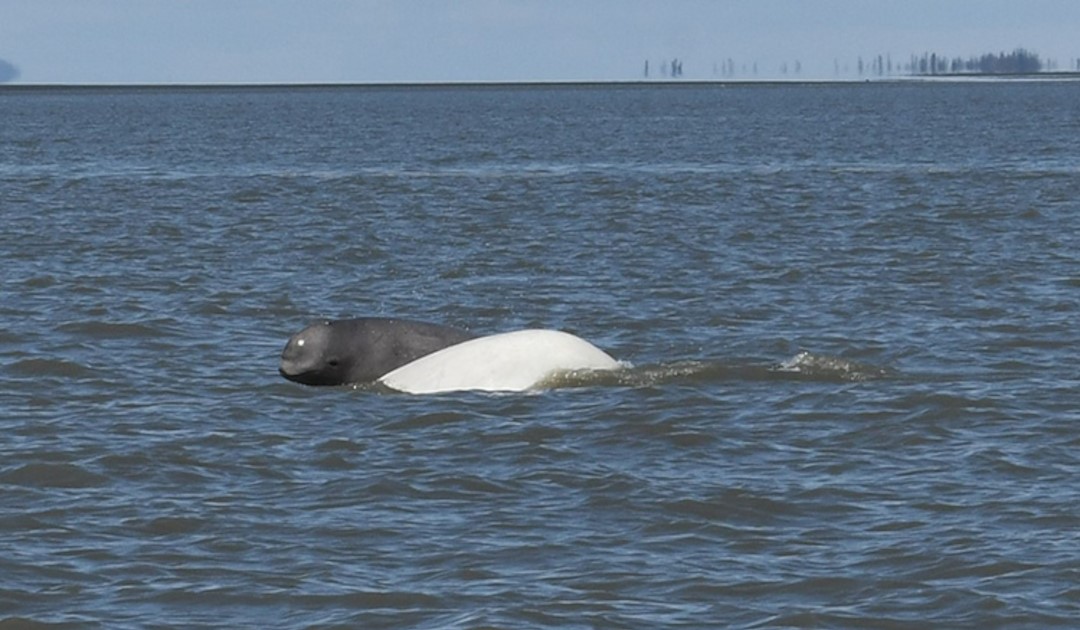
Background noise that could prevent belugas from “understanding” each other. The study shows that at 10 miles, the noise of passing ships partially masks beluga whale calls, and completely masks them when they are closer. There would be around 480 boats a year, or 8 to 10 a week, for a sound screen of 29 to 37 hours a week, depending on the results. “All these human-induced noises indicate that belugas are likely to miss essential communications between themselves, such as predator alarm calls or a mother’s call to her calf,” adds Arial Brewer in the study release.
Sound is important in this turbid region. At the mouth of the Susitna River, and in Trading Bay, the water is cloudy due to strong glacial flows, so much so that “it looks like milk chocolate”, she describes. The need for acoustic communication therefore seems greater than ever. NOAA and researchers have been tracking and recording these animals since 2008. The population comprises 331 individuals, geographically and genetically isolated from other belugas. This population has declined by 75% despite the regulation of their hunting in 1999, then a ban in 2005, followed by their classification in 2008 as an endangered species under the Endangered Species Act, a 1973 US federal law. Scientists believe that if the population dies out, the Cook Gulf may not be recolonized by belugas. There are only five populations in Alaska out of the 21 in the Arctic.
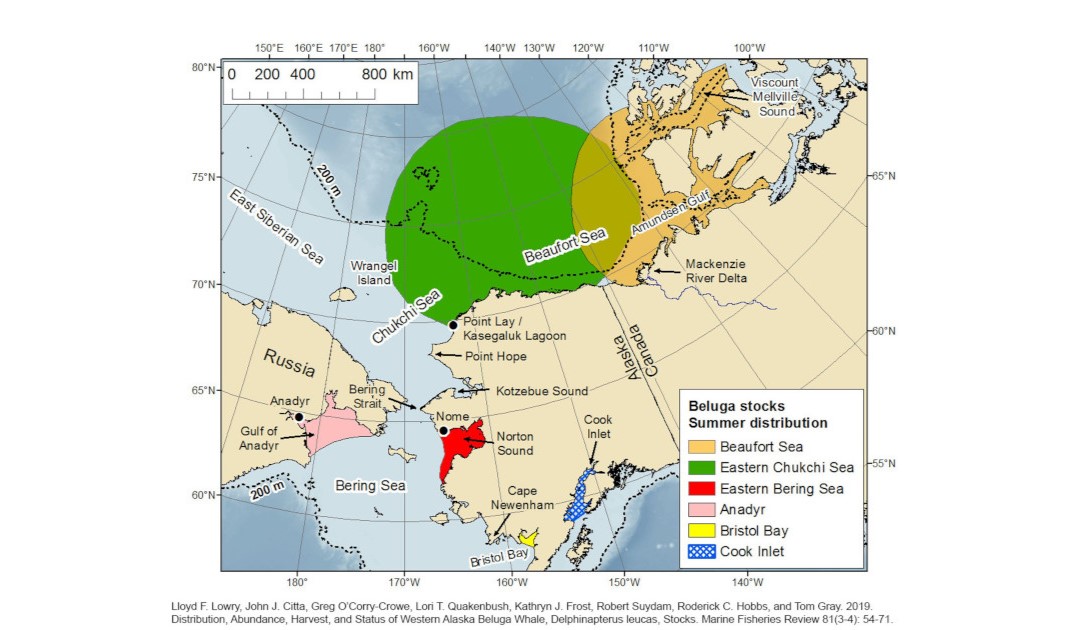
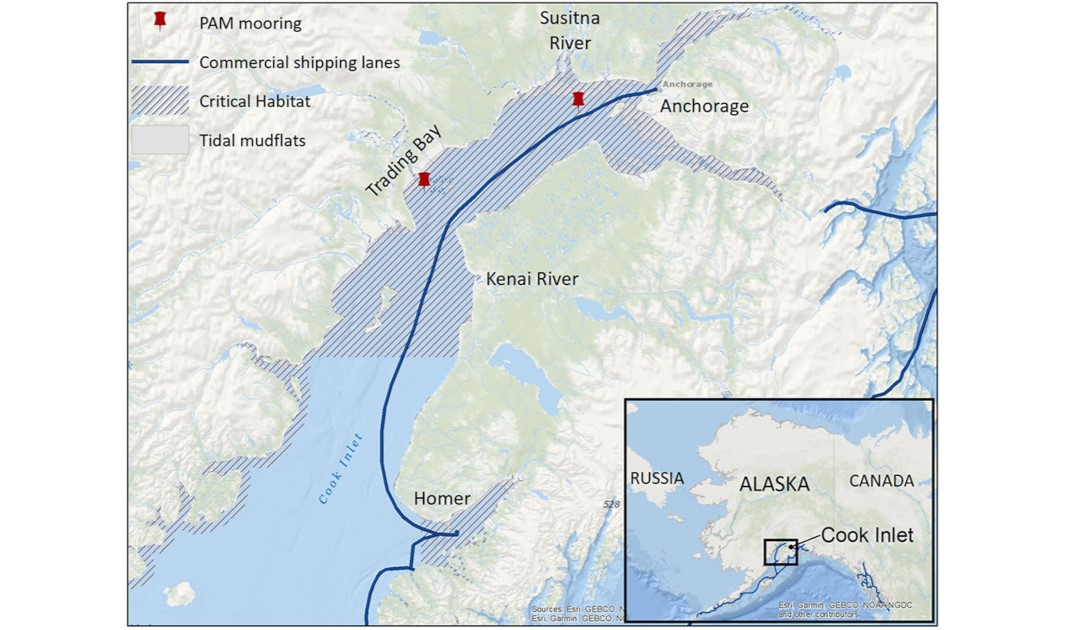
“Humans are a very visual species. It’s difficult for us to understand the noise below the surface of the ocean and the impact it has on marine mammals such as belugas,” says Arial Brewer. We hope our results will lead to further studies to better inform managers about these types of human-caused impacts.”
At the end of July, the administration of Dave Bronson, Mayor of Anchorage, adopted important measures linked to the Port of Alaska modernization project. “The modified loading dock design, as proposed, accommodates the current fleet and provides the flexibility to accommodate additional and larger vessels in the future,” reads a memorandum attached to Bronson’s Administrative Process Order.
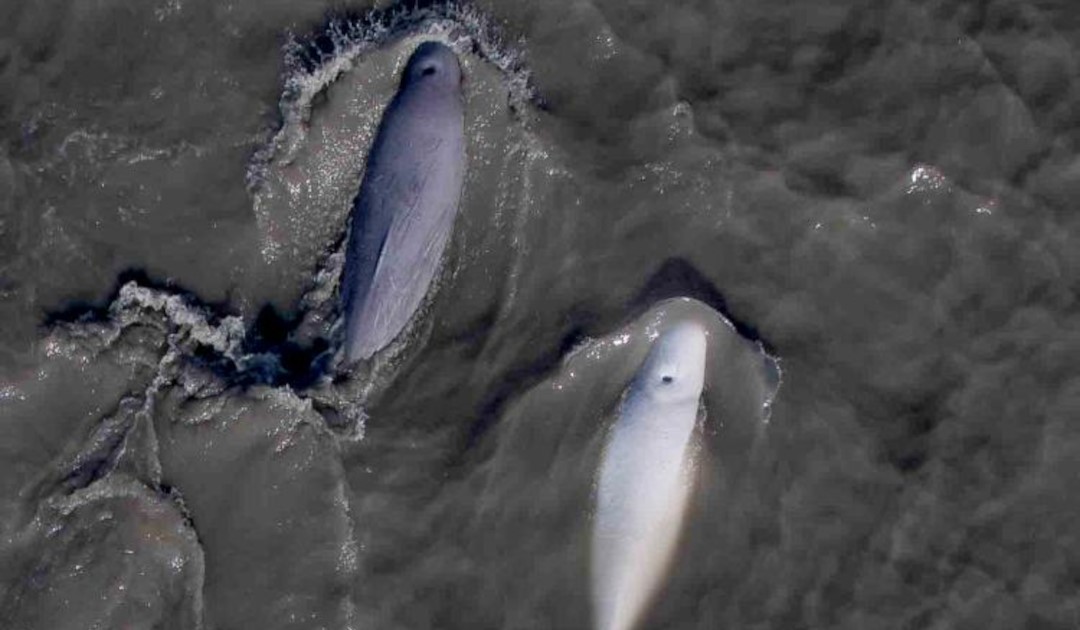
“Based on the already high background noise around the Anchorage harbor area and the ability of belugas to compensate for masking, it is reasonable to expect that belugas will become accustomed to the installation of [fondation sous-marine] piles, as they have done with marine traffic. The frequency and intensity of behavioral responses, if present, are expected to decrease as habituation occurs,” NOAA experts stipulate in the report prior to the port’s work. But these conclusions could well be shaken by the results of Arial Brewer, a study that could cause a bit of a stir in Anchorage.
Camille Lin, PolarJournal
Find out more about this topic:





